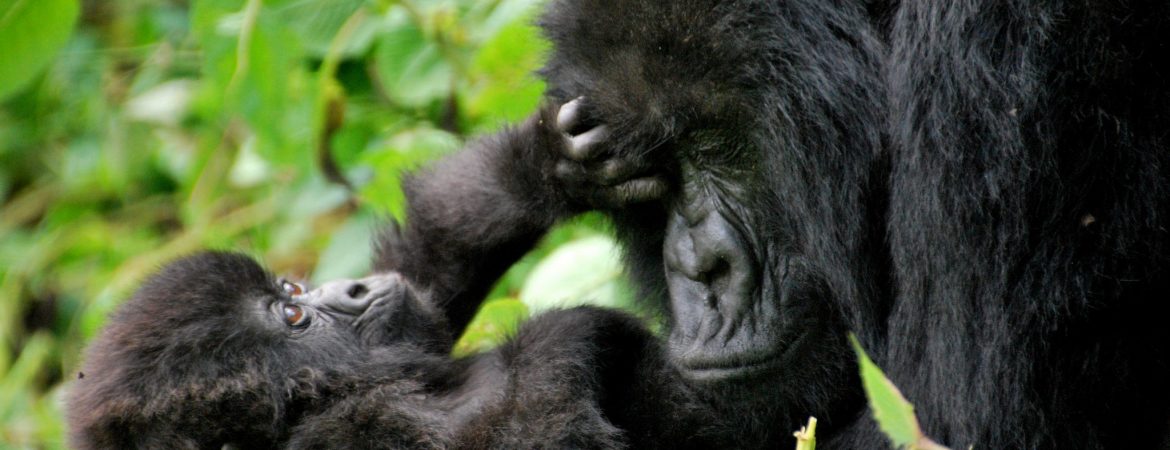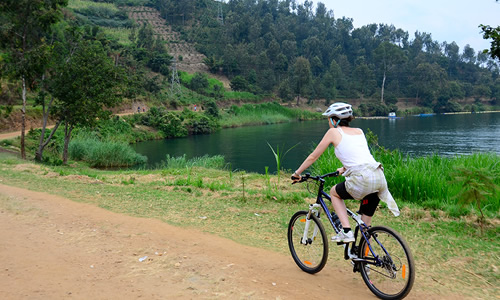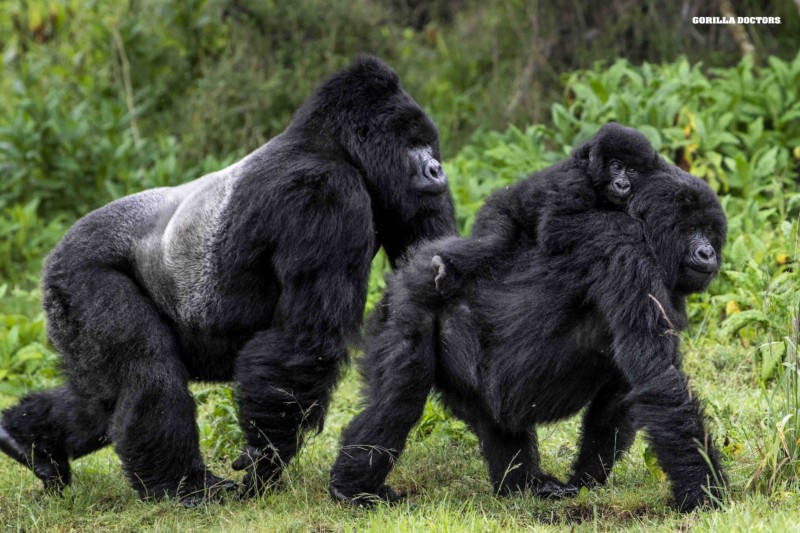How gorillas adapt to their environment
How gorillas adapt to their environment : There are just 700 mountain gorillas left in the world, and half of them dwell in the forests of the Virunga Mountains. Learn more about how gorillas adapt to their environment. They reside in the Democratic Republic of the Congo, Rwanda’s safari parks, Bwindi Impenetrable Forest, and Mgahinga in Uganda.
The gregarious character, habitat, herbivorous diet, and expressive expressions of mountain gorillas are just a few of the adaptations they use in daily life to thrive in the rain forests of central Africa. Mountain gorillas also adjust to their cooler rain.
They have thicker, longer fur as an adaptation to the cooler tropical rain forest. Twelve gorillas form a group in their natural habitat, and the silverback serves as the group’s leader and protector. The gregarious character of gorillas protects them and aids in their ability to locate food. Numerous forms of communication are used in order for society to develop successfully.

They communicate with their group members by using body language, vocalization, and expressive faces in addition to their verbal and nonverbal cues. By residing in plants, they are able to adapt to their surroundings. They do not expend energy on pursuing and hunting down their prey.
The food that the trees and plants supply is their primary source of nutrition. They have short fingers that they use to crack the fruit’s shells, and they have large bodies that they can use to defend themselves against other animals that might try to take their food. Gorillas are incredibly covert and move subtly to avoid being seen or heard when they feel a threat.







